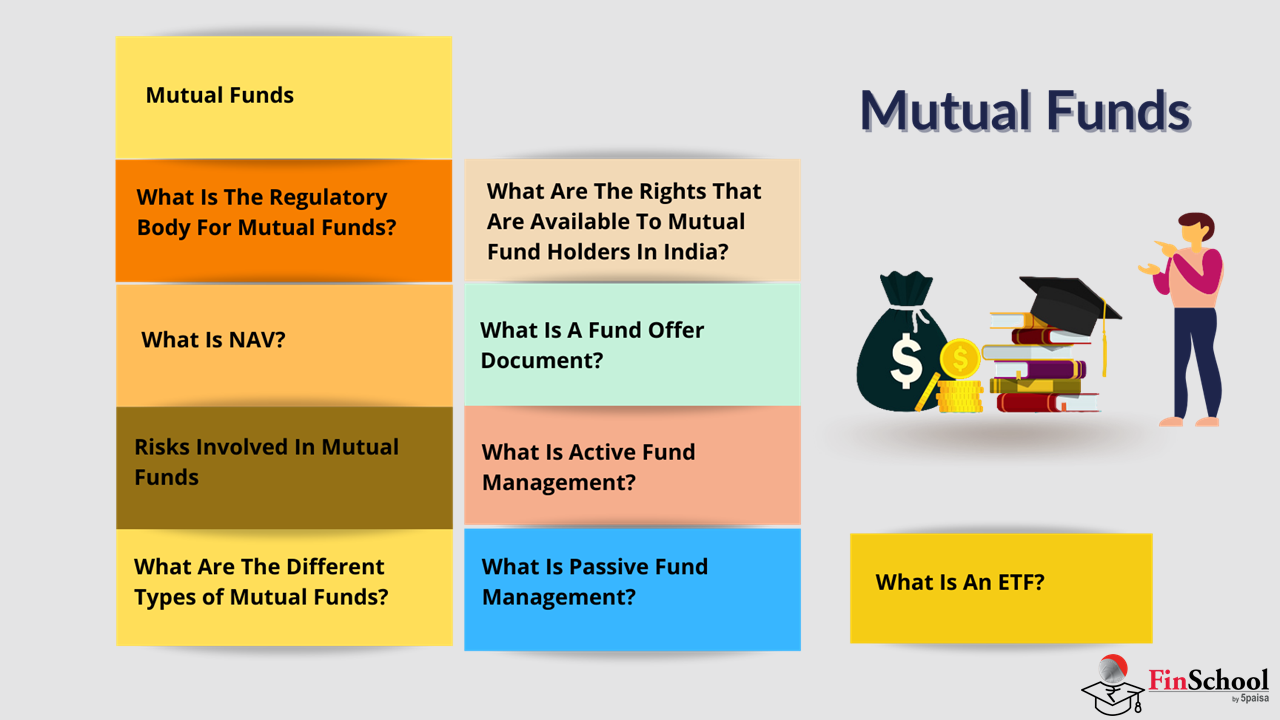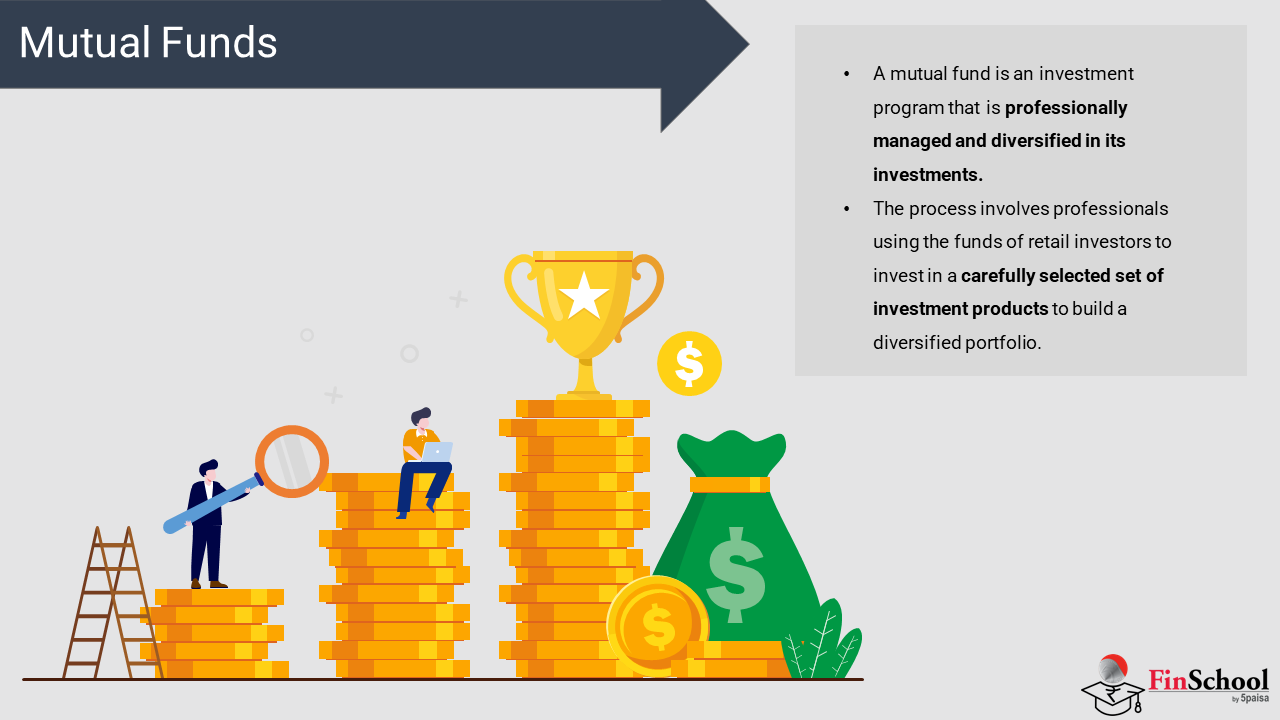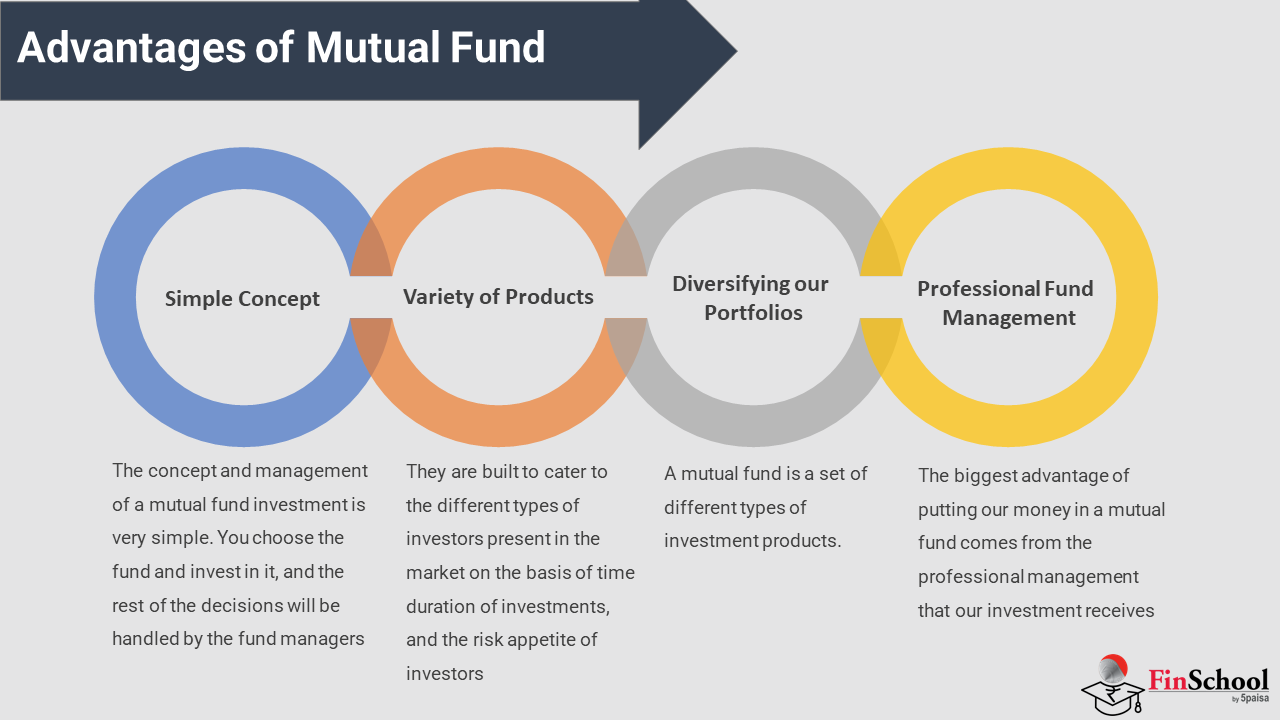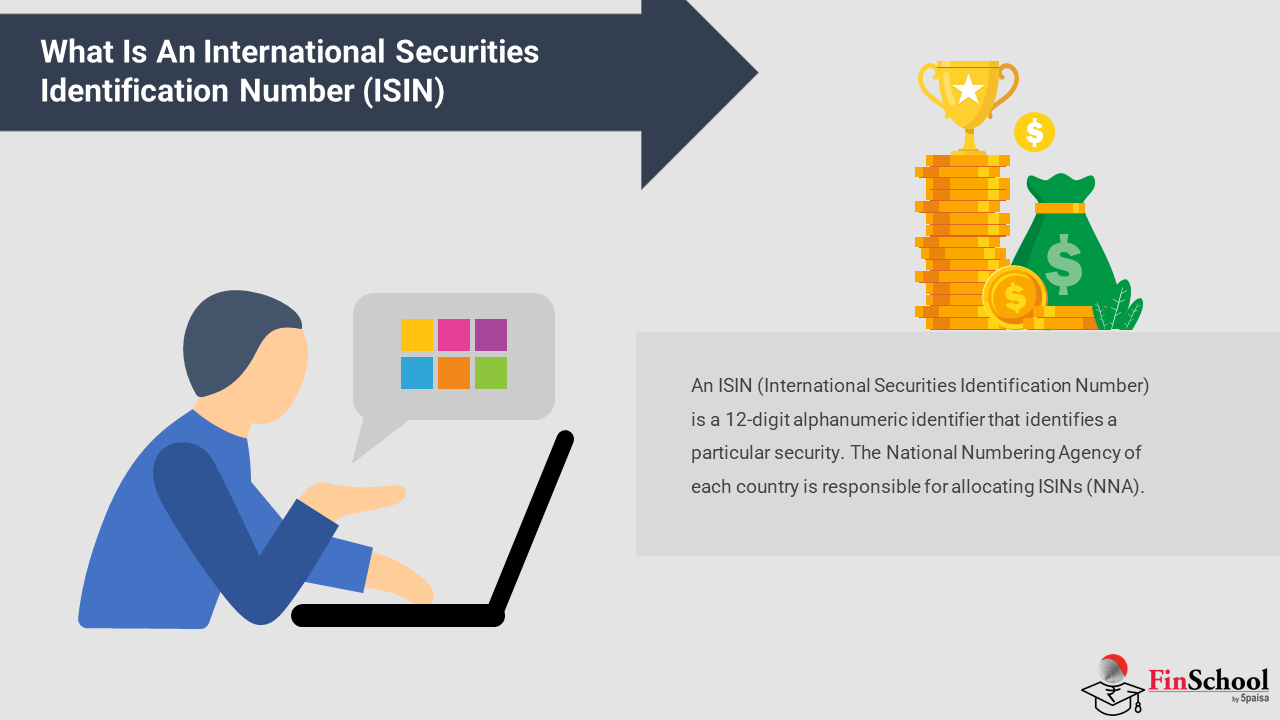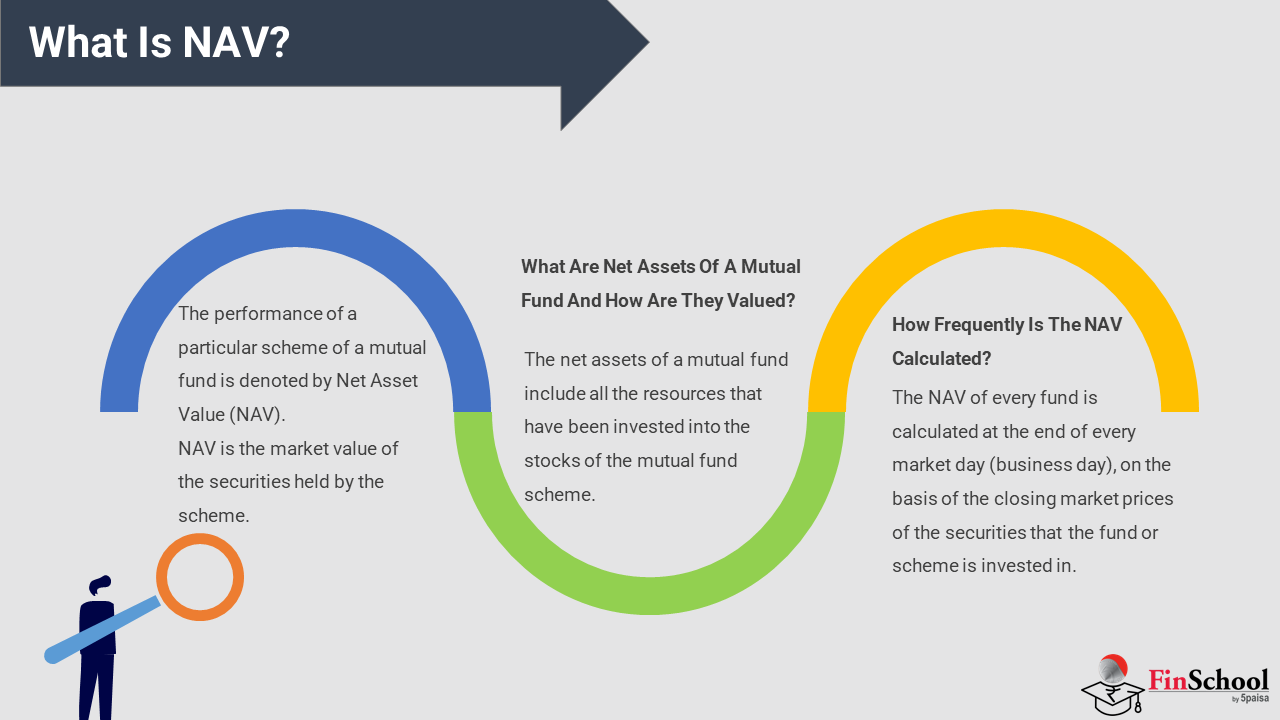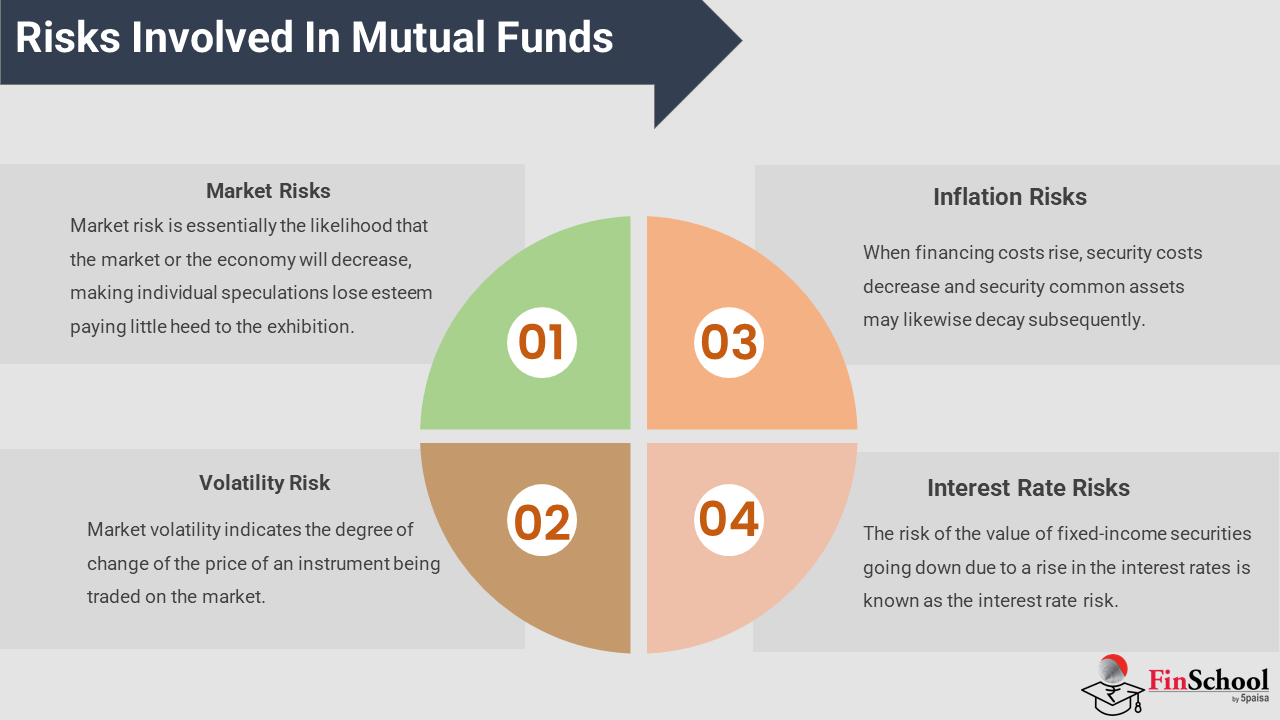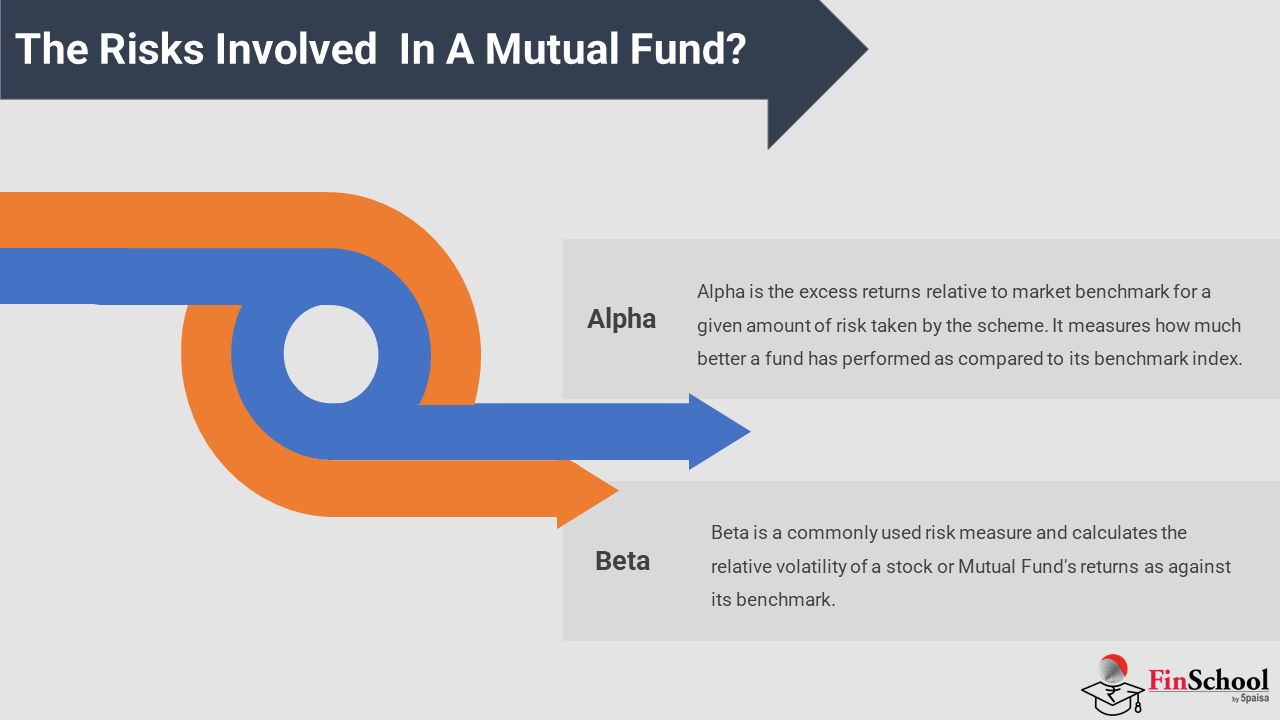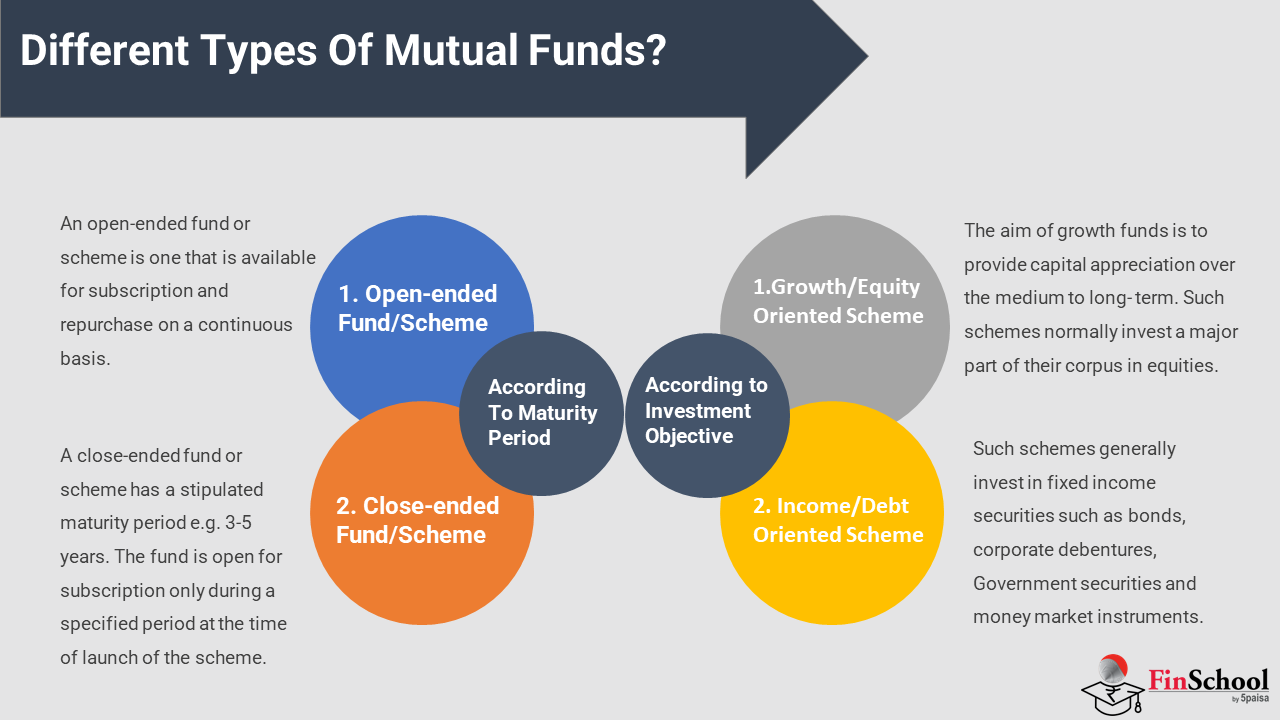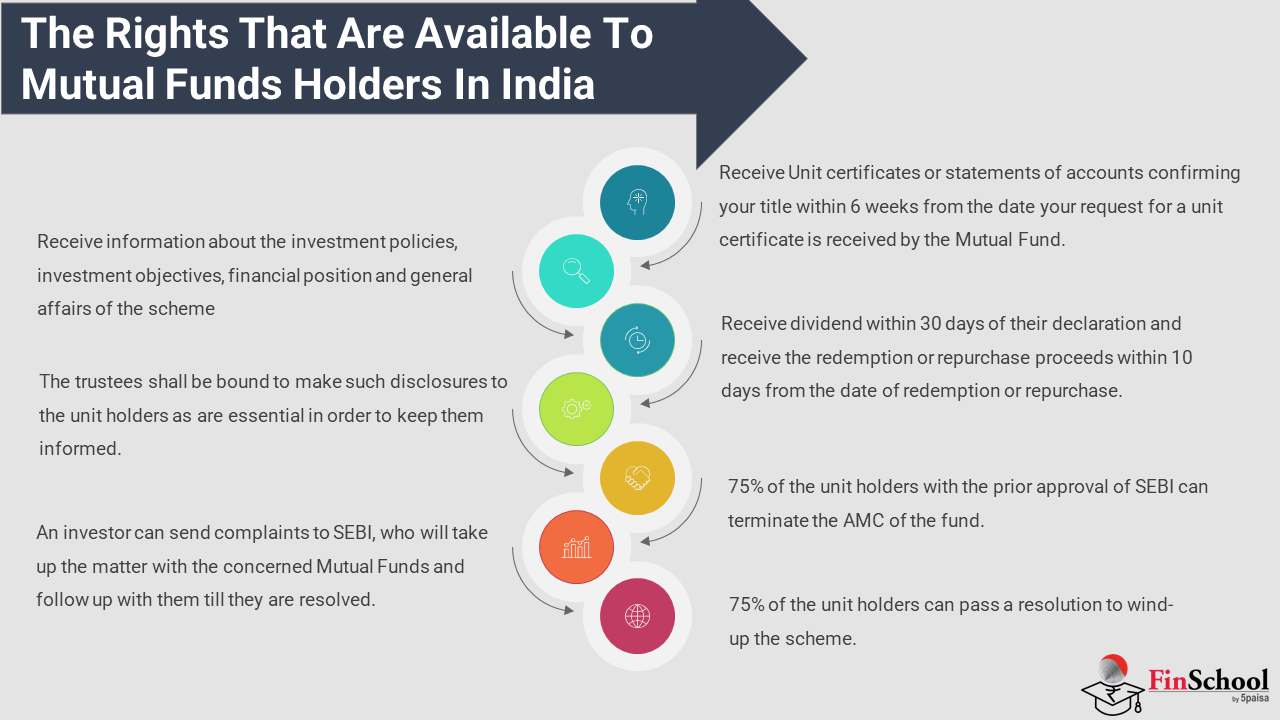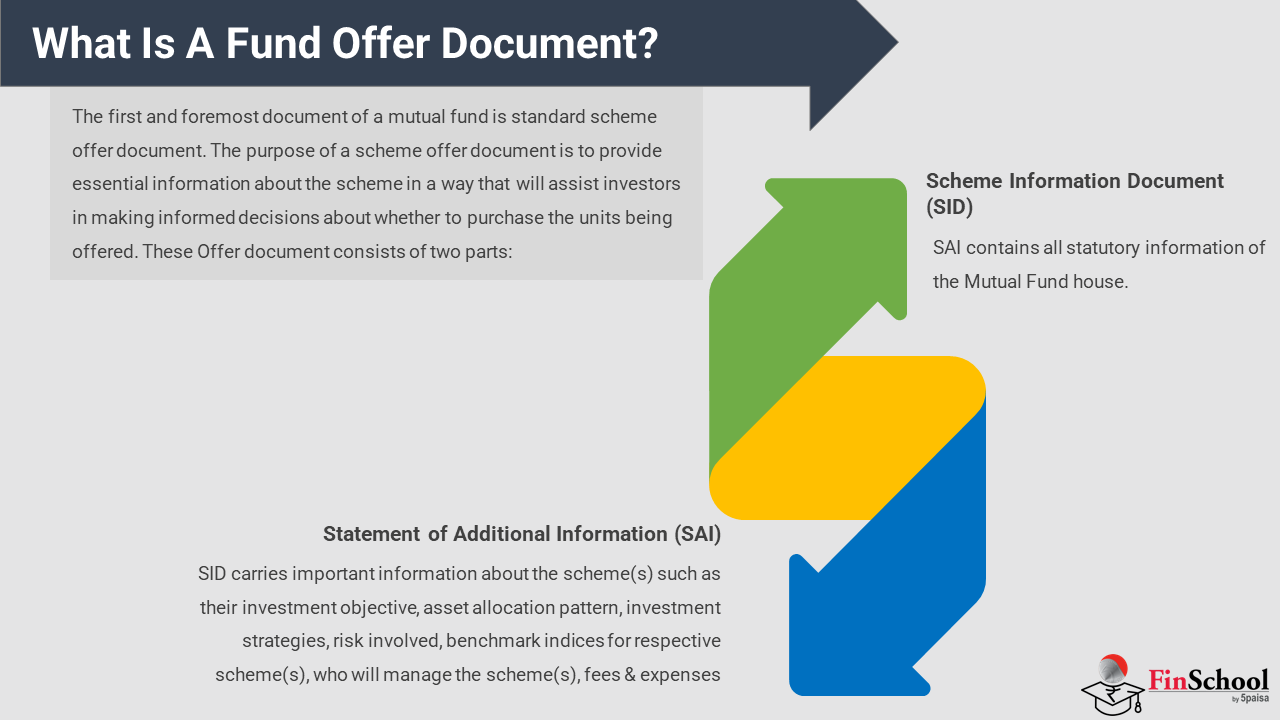- Study
- Slides
- Videos
6.1 Good Till Date/Day/Time
-
Meaning
GTD is a type of trade order; the term GTD stands for “good till date/day/time”; this means that this order is valid till a specified date or time unless it has been already fulfilled or cancelled.
Most orders that are placed on the exchange are by default GTD orders which means they are valid till the end of a trading day or in other words the order will get cancelled automatically at the close of the trading day. GTD orders become operational when an order does not get executed owing to poor liquidity or unfavourable price conditions. GTD orders are used to cover more extended periods by long term investors who want trade in a large number of securities at a set price.
2. Understanding GTD
A GTD in the stock market can be useful for investors because instead of setting up the same order every day they can keep this order open until a date or time of their choice. They are condition-based orders which means that the order will be executed only if certain parameters which mostly relate to price are met. In case these parameters are not met then the order expires on the specified date or time as defined by the user.
3. Key Features of GTD in Stock Market
- We understood that GTD orders remain in the system until the end of the expiration date as defined by the trader. Apart from that here are a few features of GTD orders:
When setting up this order, the trader selects an expiration date and time until which the order will be operational. If only the date is entered the order will get cancelled at the end of the specified date if unfilled. - Gives the trader flexibility to choose more extended time frames in which the trade can be executed.
- Investors can place orders at a specified price and quantity for stocks.
- Eliminates the need to log in again and again or get in touch with dealing desks for placing limit orders.
Orders that are partially executed on different trading days are not.
A downside of GTD orders may be that the traders may forget their orders which may become unfavourable due to changing market conditions, thus leading them to unplanned losses.
A “Good-Till-Day” order is simply one that will cancel at the end of the trading day if it does not fill. So, for example, if you have Apple stock, and today you know they are releasing an Earnings Release, you know their price is probably going to change quite a bit today.
If the price does start falling, the order will execute as soon as it hits your price threshold. If the price doesn’t fall, the order will cancel at the end of the day.
If you place a Good Till Day order after the market has closed, it will stay open until the end of the next trading day.
4. Why Use GTD?
Many people use Good Till Cancel orders, will will stay open until either they execute, or they cancel the order manually. One disadvantage to this is that you cannot execute a Market Order on stock you have an outstanding Limit Order on; this means that if you have a Stop order placed on your Apple stock, but the price goes up and you want to sell it, you would first have to cancel your Stop order before you can make a Sell market order.
Generally, people put Good Till Day orders on many Limit Orders for stocks they are hoping have a big spike during the day, and stop orders when they fear some market news may come out that will cause a long-term decrease in a stocks price.
6.2 Intraday
What Is Intraday Trading?
Purchasing and selling securities listed in a stock exchange on the same day is known as intraday trading. The primary purpose of transacting in this method is to realise capital gains on purchased securities as well as minimise risks by keeping money invested for an extended period.
- b. How to Do Intraday Trading
It is essential to identify the best intraday stocks while undertaking such investments, as it has relatively higher risks.
- Choose Highly Liquid Stocks
Liquidity is a prime feature of intraday stocks, as without this feature, such trade would not be possible. Equity shares of small and mid-cap companies can be easily bought and sold, as well as experience tremendous volatility due to market fluctuations. The cyclical variations should be carefully observed by analysing 52-week high and low values, as it gives a precise idea about whether an individual should assume long or short positions while investing.
- Volatility
Best intraday stocks tend to possess medium to high volatility in price fluctuations. Generally, market value fluctuations more than 3% should be avoided while performing intraday trading, as the possibility of incurring a loss is huge in case of an adverse downturn in the stock market in an economy.
- Strong Correlation
It is ideal to purchase an intraday share having a high correlation with a benchmark index of a reputed stock exchange. Thus, substantial movement in share prices can be observed when index value tends to fluctuate.
Since benchmark indices consist of shares of top companies listed in a stock exchange, it can be assumed that fluctuations will move in an upward direction, barring any economic abnormalities. Thus, capital appreciation through intraday trading will be substantial if this rule is followed.
- Higher Trade Volume
Intraday investors can track the trade volume index of a particular security to identify price fluctuations. A higher trade volume index reflects either excessive demand or supply, depending upon an underlying company’s performance. Capital appreciation gains can be earned through both purchase and sale transactions in such cases.
- Benefits of Intraday Trading
Transacting in intraday share has the following advantages-
- Lower Risk
Since securities are purchased on the same day in intraday trading, risk of incurring substantial losses are minimised. However, in case of standard trading wherein the principal is kept locked in for a considerable period, changes in price can be significant, making an investor worse off in case of stock market downturns.
- Lower Commission Charges
Stockbrokers charge nominal fees while transacting in intraday trading stocks, as delivery expenses of transferring security in the name of an investor are forgone. Stock transaction tax, trade fees, services tax, etc. are all-inclusive in brokerage fees, and such deductions reduce the income of an investor.
Generally, brokerage fees on intraday trading stocks are one-tenth of what is levied if standard trading is undertaken.
- Higher Profits
Intraday trading is known to yield massive wealth creation for investors, provided accurate investment strategies are applied. Capital appreciation in a rising stock market can be achieved easily. In case of adverse market conditions, intraday share traders use the method of short selling to earn profits.
- Liquidity
Another benefit of intraday trading is that total financial resources invested can be quickly recovered at any time. It is not blocked through an asset purchase transaction. This preserves liquidity requirements of an investor to meet any personal needs.
- Capital Gains Through Market Fluctuations
Investors can profit through intraday trading in both bullish and bearish markets, depending upon the investment strategy adopted in such situations. Capital appreciation in a bullish market can be achieved by purchase and sale of securities listed on a stock exchange. In the event of the stock market downturn, profits can be generated through short-selling financial instruments.
- Associated Risks
An investor needs to have extensive knowledge about the intricate workings of the stock market for realising adequate profits. It may seem overwhelming for a novice investor looking to generate capital gains. It is essential to select securities of appropriate companies in such cases, for which precise analysis of financial records is required to be done.
Market volatility plays an important role when it comes to intraday trading stocks. In case of unexpected market fluctuations, investors can incur losses. Technical analysis of markets is based on past volatility, and thereby, might not be 100% accurate in all instances.
- Alternative Trading Methods
Investors wary of intraday trading in the stock market can choose from various trading methods, such as:
- Standard Trading
Under this trading method, individuals can invest in stocks of different companies. It is generally undertaken for a more extended period, wherein investors can profit from both capital appreciation and periodic dividend payments. However, such trading has to be done through a brokerage firm, wherein the percentages of total profits are deducted as payments. As periodic receipts from invested securities are obtained, brokerage fees only consume a small portion of the entire income generation. Additionally, many brokerage firms provide advice regarding most profitable investable securities in the market, acting as a stable investment option for novice investors.
- Momentum Trading
Capital appreciation is the primary target in momentum trading. Investors purchase securities having a high potential for growth in the future, but the prices are suppressed due to market fluctuations. Relative or absolute momentum investment strategies can be implemented, wherein stocks of companies underperforming either in a relative or absolute sense can be chosen.
- Swing Trading
Similar to momentum trading, swing trading generates capital gains through short term investment strategies. Volatile stocks are targeted in such cases, and procured shares are sold off as soon as a massive movement in prices is witnessed.
- Tips to Follow for Intraday Trading
- Research:Thorough research and analysis of the present market scenario, company fundamentals, and knowledge of macroeconomic factors, such as the country’s debt status or currency movements.
- Invest the Extra:Intraday trading is fraught with danger. It is recommended that you only invest what you can afford to lose.
- Don’t Overtrade: The stock market does not always follow a predictable pattern. The best way to approach intraday trading is to trade only a few scripts at a time.
- Performance Evaluation: Intraday trading is fluid. Keeping track of your results – wins and losses – will help you understand what worked and what didn’t. Past performance evaluations will assist you in making better trading judgments in the future.
- Intraday Trading Indicator:When it comes to booking profits in intraday trading, you must conduct an extensive study. Certain signs must be followed for the same aim. Intraday advice is frequently thought to be the Holy Grail; however, this is not totally correct. Intraday trading indicators can be useful when combined with a thorough plan to maximise returns.
6.3 Stop Loss
. What Is A Stop Loss In Share Market?
Stop-Loss is one the most beneficial tool that helps investors from huge losses. While many investors are unfamiliar with these terms like stop loss or stop-loss order, it can serve as a lifesaver. Some apply it well to prevent losses from their investing journey, while some avoid it due to insufficient knowledge on stop-loss. Stop-loss, when used appropriately and correctly, will make a lot of difference in terms of investing. Every individual who is stepping into the stock market must know what stop-loss is all about.
- What is a Stop-Loss Order?
Stop Loss order means the investor and broker have set an automated instruction if the price of a stock falls at a specific level to protect them from Loss and execute the sale of a security. Stop Loss helps several investors manage all their losses by selling their bonds and stocks if there are chances of dropping below a certain level.
Let us understand the actual meaning of stop-loss with the help of an example:
Suppose Aman holds 1000 shares of Tata Motors, which he purchased for 200 per share, which means he has invested RS 2,00,000 in Tata Motors.
Due to any reason, if the price of these stocks started falling rapidly, Aman can use the stop-loss order with his broker. In such a situation, Aman will set RS 150 if the price drops in the future. Hence, there will be a loss of RS 50 per share on this transaction.
- Types of Stop-Loss Orders
There are two types of stop-loss orders in the share market:
- Fixed Stop-Loss Order
- Trailing Stop-Loss Order
- Fixed Stop-Loss Order
Fixed stop-loss order means a sudden shock when an investor has set a pre-determined price, and it got hit. They can also be time-based, and these are commonly used till the trade is placed. Time-based fixed stop are most beneficial for investors who want to stand at a pre-set amount of time before gaining profit and stepping towards the next trade. These investors make use of time-based fixed stop when the shares are positioned and sized properly to stop high swings in share price.
- Trailing Stop-Loss Order
Trailing stop-loss order provides net profit and protection to an investor while providing a boundary against the unexpected downward trend in the share price.
This order is set upon the percentage of the total price and the order to sell in case if the market falls below the demand level.
However, when the share price increases, the trailing order instantly adjusts in tune with an entire increase in market valuation.
Advantages and Disadvantages of Using a Stop-Loss Order
Advantages
Here are few advantages that every investor know while using the stop-loss concept:
- Reducing losses
The primary benefit of a stop-loss order is it helps you to reduce all your losses and protects you against a huge loss in the stock market. Thus, there are times when several investors didn’t place a stop order when the prices were falling rapidly and turned out to be quite ugly. Thus, placing a stop-loss order will help these investors from a big loss in the stock market. - Acts as an automation tool
Stop-loss order acts as an automation tool and automatically sells your stock as soon as the price falls below the set price. You don’t need to monitor your portfolio all the time, as stop loss will automatically hit once the stock touches the pre-determined price. - Helps to maintain risk and reward
While trading in the stock market, it is essential to maintain risk and reward. If an investor is looking to obtain a specific reward, they should only take a fixed amount of risk.
For example, they have to define that they will take 5%, 20%, or 50% for getting that much profit, and applying stop loss will help them to maintain their risk and reward. - Promotes Discipline
Investor should keep their emotions away while investing in the stock market. Stop-loss order will help them to stay motivated towards their financial planning and strategies and promotes disciplined trading.
Disadvantages
Apart from having advantages in stop-loss order, there are few disadvantages that every investor should know while using a stop-loss concept.
1. Short term fluctuations
The primary and major disadvantage of using stop-loss order is that when there are short-term fluctuations in a share price, it can get activated and adds risk to the investors. One thing that every investor must remember while selecting a stop-loss order is that it should allow the stock to move and must provide less risk as possible.
2. Selling Stocks Too Early
The only risk involved in the stop-loss order tool is the risk of being stopped out of a trade that has the potential to give more profit if the investor has agreed to accept a bigger and higher level of risk. Thus, stop loss close its deals too soon and limit the profit potential of an investor.
3. Investors Need to Decide The Stock Price
While using stop-loss, investors have to take a call and need to decide which price is to be set while stocks are falling. It is a very tricky part for investors, but they can seek help from financial advisors with the help of their contacts.
4. Expensive
There may be some time when your broker will charge you for using stop-loss to be added to the brokerage fees.
7.4 Bracket Orders
What is Bracket Order?
A bracket order is an intraday order that combines a buy order, stop-loss order, and a target order. In other words, along with an initial order (buy or sell), there will be two opposite side orders placed.
Bracket order = initial order (buy or sell) + stop-loss order (sell or buy) + target order (sell or buy).
For instance, if the initial order is a sell order, then both the target and stop-loss orders will be buy orders. Similarly, if the initial order is a buy order, the remaining two will be sell orders.
Stock market traders can benefit from squaring off a favourable position at the end of the trading session from a bracket order. Intraday traders can reduce their risk through bracket order trading. With the target order in place, traders will be able to book a profitable position, or with the stop-loss order in place, they will be able to limit losses to some level.
How Do Bracket Orders Work?
A bracket order is designed to complete or bracket your order. There are typically three orders in a bracket order: the initial order, stop-loss order, and target order. The initial order can be a buy or sell, but the other two orders are opposite orders.
So, if the first order is a buy order, the other two are sell orders. And along with the initial order, only one of the other two orders will be placed. Moreover, if the initial order is not placed, the other two orders naturally won’t be placed. This is because all the orders are limit orders and not market orders.
Let’s understand this with the help of an example. Let’s say you placed an initial buy order at a price of INR 50 per share. Along with this, you placed a target order at INR 55 and stop-loss at INR 48. The initial order will be executed only when the market price reaches INR 50.
Once the order is executed, by the end of the day, if the share price increases and touches INR 55, your sell order will be placed, and the broker cancels the stop-loss order.
However, if the market falls and the share price goes down, the stop-loss order will be placed when the share price reaches INR 48, and the broker cancels the target order.
If the initial order isn’t executed, the broker cancels the complete bracket order as it is an intraday order and will not be carried over to the next day.
Advantages of a Bracket Order
By essentially placing three trades at once. You can limit your risk exposure and loss by placing a stop loss order. This way as and when the trade reaches the loss limit your stop loss order is executed and the profit-making order is cancelled. Additionally, the trailing stop loss places a greater advantage through the automatic adjustment of stop loss orders. The trailing stop loss feature tracks the trailing market price for such an adjustment.
Furthermore, it gives you the opportunity to book profits with a predetermined profit objective price order. In this era of digital technology from placing a bracket order to executing it, everything is seamless and automatic. There is no scope or need for a manual effort here. As soon as the profits levels are realised, the orders get closed automatically. You do not have to execute a separate instruction for the same. Moreover, the entire process is hassle-free, simple, and effortless. This makes it more attractive and efficient for traders.
Disadvantages of a Bracket Order
At the end of the trading day, it is essential to square off the position. A trader cannot leave the trade incomplete or open. A major disadvantage is that a bracket order cannot be cancelled. This means that once you have entered a bracket order you have to necessarily execute it. Furthermore, to execute it you have to close the trade position at the end of the trading day. It is an intraday trading order. However, it is not applicable in the case of stock options, commodity options, and currency options.
A Bracket Order is an advance order type to help traders to limit the losses and increase chances of profitability. It’s an order with an opposite-side order placed together (i.e. a buy order is bracketed by a high side sell limit order, and a low side sell stop order).
Bracket orders (BO) have a fixed stop-loss trailing order. To advance this further, some broker offers Bracket Order Trailing Stop-loss. This provides an ability to trail your stop-loss (dynamically). It means the stop-loss keeps moving based on the direction your stock or contract moves.
